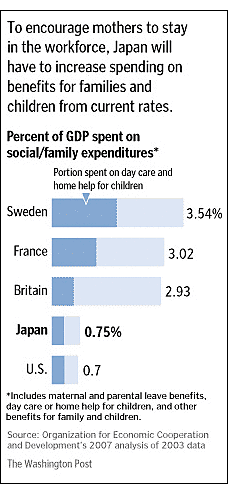Too many people in Washington look out upon the beauty and bounty of America and see a vast wasteland, enlivened only by government programs. If government isn’t doing it, they think, then it isn’t being done. When the Republicans threatened to nick the budget of the National Endowment for the Arts, First Lady Hillary Rodham Clinton wailed that the proposal “not only threatens irrevocable damage to our cultural institutions but also to our sense of ourselves and what we stand for as a people.” Seriously, she thought that if the then-$167 million of the NEA were eliminated, the $37 billion that Americans spent on the arts that year would somehow disappear in a puff of smoke?
Sen. Edward M. Kennedy was even more sweeping when he said in 1992, “The ballot box is the place where all change begins in America” — conveniently forgetting the market process that has brought us such changes as the train, the skyscraper, the automobile, the personal computer, and charitable or self-help endeavors from settlement houses to Alcoholics Anonymous to Comic Relief.
And today the Washington Post weighs in with the chart below. It’s titled “Percent of GDP spent on social/family expenditures,” and it shows the United States at a shockingly low 0.7 percent, while Obama-esque countries like Sweden and France are above 3 percent. But could it really be true that America spends less than 1 percent of its wealth on families and children? Of course not. The proper title for the chart would be “Percent of GDP spent by government on social/family expenditures.” (Indeed, given the federal nature of the United States, it’s possible that the proper title would be “Percent of GDP spent by the central government on social/family expenditures.”) Every American family spends a large portion of its income on children’s needs, and a larger portion on the needs of children and parents.
The point of the article, as the caption above the chart indicates, is to argue that the Japanese government needs to spend more on programs that would encourage women to join the paid workforce. (If the government hired all the mothers in Japan and paid them to care for their neighbors’ children, would that be a better world? It certainly would raise Japan’s position on the Post’s chart!) If that’s what Post reporters believe, they’re certainly free to advocate that position. But they shouldn’t assume or imply that the government is the entire society. Families in Japan and the United States spend most of their income — or at least most of their after-tax income — on child and family needs. The chart ignores that reality and seeks to make Japanese and Americans embarrassed that government taxes and spends less in their countries than in the European welfare states.

